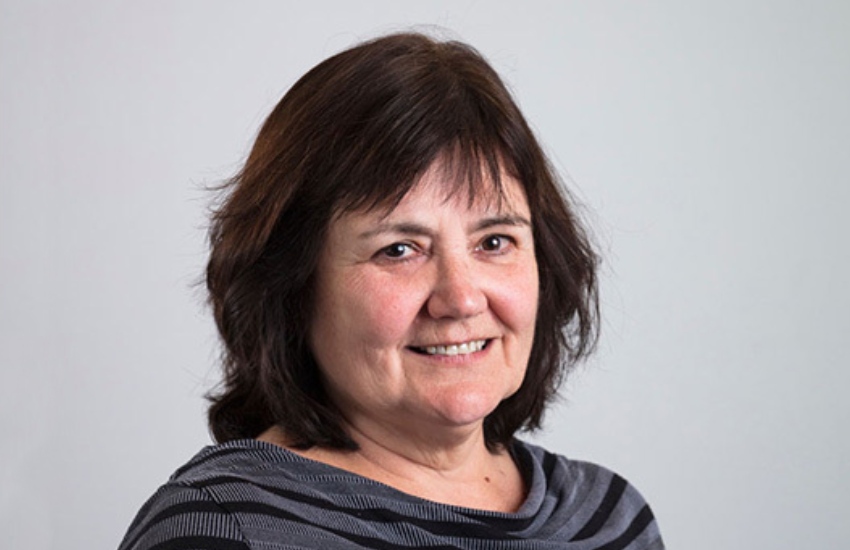You’re out of free articles for this month
They were also reported to have lost opportunities for career advancement as a result of workplace changes, but more often as a result of “reluctantly” stepping away from opportunities as a result of time pressures and the physical and psychological strains of increased household and parental workloads.
The study’s lead author, Dr Fiona Macdonald, said the disruption caused by the pandemic is likely to have critical impacts on the careers of women with young children who are facing reinforced gender roles at home.
“Our study really highlighted the precarity of women’s economic independence,” Dr Macdonald said. “We found that remote working and schooling may be leading to deeper gender divisions in parenting and household work.
“Under the triple load of work, family and remote schooling over many months women stepped back from their employment and deferred career plans as their part-time jobs became secondary, in comparison to their partners’ jobs and in relation to family needs.”
The study found that workplaces were reported to have been largely flexible to accommodate increased household duties. But Dr Macdonald said it was the absence of greater workplace flexibility offered to men that is adding to women’s domestic burden.
“We need to find better solutions, including increasing men’s access to flexible work,” Dr Macdonald said. “Reducing families’ ongoing reliance on women to be endlessly adaptable also requires universal access to flexible and affordable childcare.”
Beyond the domestic burden imposed upon women as a result of the pandemic, they have also seen the gender pay gap broaden, even as their presence in Australian boardrooms continues to swell.
Independent research conducted by the Workplace Gender Equality Agency (WGEA), found that the gender pay gap has broadened by 0.8 per cent over the past six months, to a difference of $261.50 per week between women and men working full-time.
Patty Kinnersly, chief executive of women’s advocacy group Our Watch, said ensuring that women aren’t left behind in Australia’s economic recovery will benefit the whole community, and policy needs to better cater to them.
“We need governments to apply a gendered approach to all policies, for example ensuring that economic stimulus packages do not disproportionately benefit male-dominated industries,” Ms Kinnersly said.
“Workplaces also have a critical role to play in improving gender equality. They need to make flexible work arrangements genuinely available for women and men, encourage women’s career progression and ensure that their policies and processes address discrimination and inequality.”
The WGEA has also called on workplaces to conduct gender pay audits with a view to identify and eliminate discriminatory pay – a call Ms Kinnersly supported.
“It is essential that workplaces remain focused on advancing gender equality for their staff and stakeholders,” she said.
Ms Kinnersly’s comments follow the emergence of scores of gender inequality research in recent months.
New research released by the University of South Australia (UniSA) last month showed that at least 80 per cent of ASX-listed firms are paying their female executives 30 to 35 per cent less than their male counterparts.
The Australian Bureau of Statistics (ABS) released new gender pay gap data for 2021 in August which showed that the gender pay gap is 14.2 per cent across the national workforce, up from 13.4 per cent in February.
According to the ABS, women working full-time on average earned $1,575.50 a week, while men earned $1,837 – an average of $13,000 more a year. It’s an issue that large firms have tried to address by elevating women to executive roles, without paying them for it.
Research conducted by the Governance Institute of Australia released earlier last month showed that the presence of women continues to grow in Australian boardrooms, and that there isn’t likely to be a single ASX 300 company without a woman on its board come 2026.
The report also found the number of boards to have at least a 30 per cent female make-up tripled up to 161 in 2021, from 54 in 2016. Meanwhile, boards without any women at all dropped from 59 in 2016 to 14 in 2021.

 Login
Login







